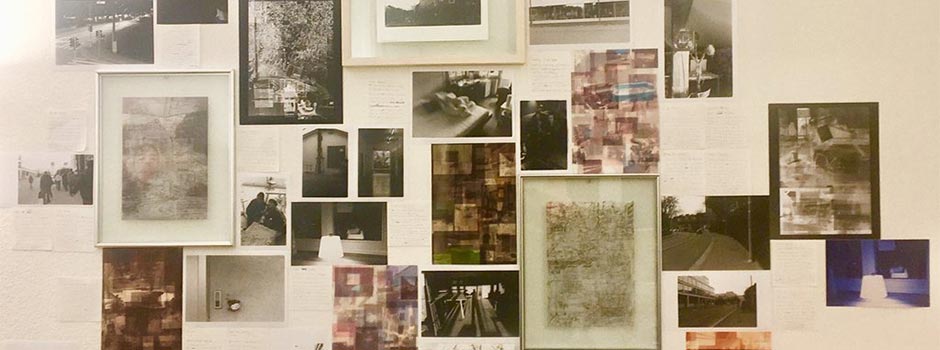
AB43 CONTEMPORARY, Thalwil/Zürich (Apr 7– 28, 2018) Solo Exhibition ‘150 Days’ by Hamed Rashtian
Apr 04, 2018 Exhibition

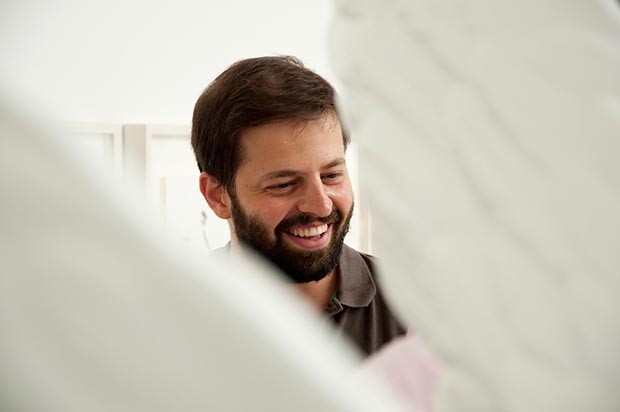 Hamed Rashtian / Courtesy of AB43 CONTEMPORARY and the artist
Hamed Rashtian / Courtesy of AB43 CONTEMPORARY and the artist
The Iranian artist Hamed Rashtian (b. 1984) was, and still is, part of the lively contemporary art scene in Tehran. He had a great success with his sculptural works - not only in Iran but also in Switzerland and indeed further abroad. Since September 2017, he has been living and working in Zurich, where he has enrolled at the renown F+F School for Art and Design in order to gain a deeper understanding and appreciation of global discourse in the art world and so be in a position to engage with it more directly.
At the end of October 2017, Rashtian started taking photographs of daily life around him. What has emerged from this venture is a collection of subjective, visual impressions, which document not so much the artist's interest in the dimension of time or a focus on trans-cultural experiences but far more the moment of a particular memory that he chooses to explore in an artistic way.
So how does he go about this? From his every-growing pool of photographs Rashtian selects individual pictures to stimulate recollections of a certain day so that seemingly forgotten impressions can be recalled. Then, some weeks later into the project, the artist takes advantage of the medium of language to enhance the impact of the image. Every evening, immediately before going to sleep, he scribbles down a few sentences on a slip of paper to record his feelings and thoughts of the previous day.
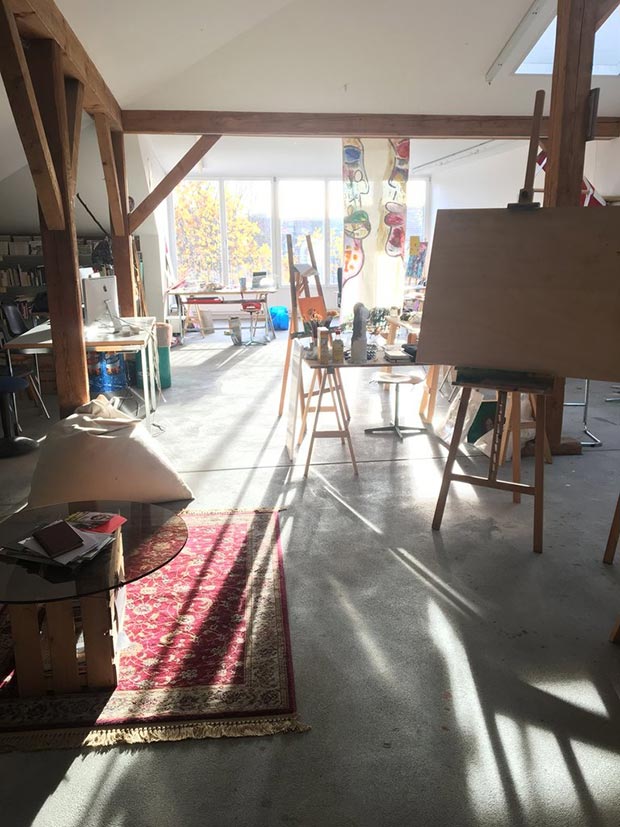 Hamed Rashtian, Nov23, 2017_Installation '150' Days, 2017 / Courtesy of AB43 CONTEMPORARY and the artist
Hamed Rashtian, Nov23, 2017_Installation '150' Days, 2017 / Courtesy of AB43 CONTEMPORARY and the artist
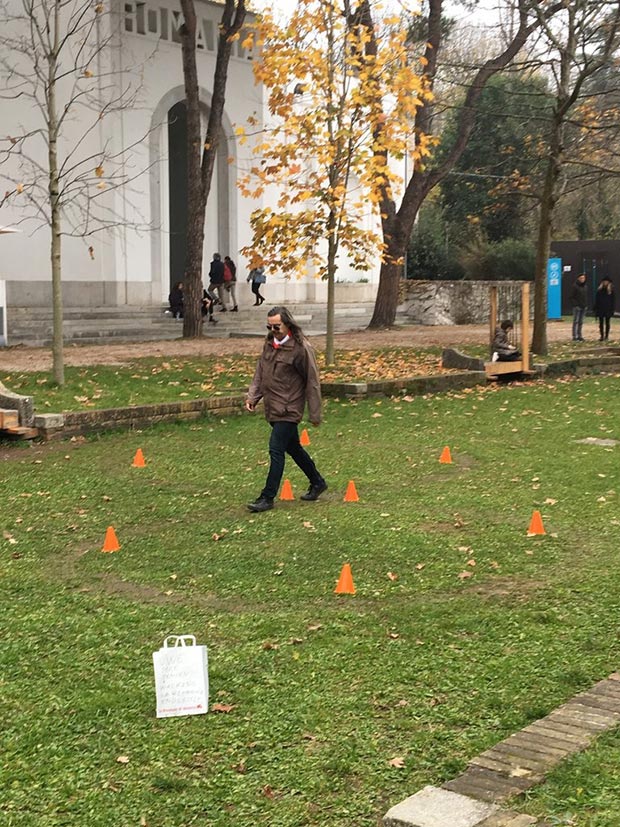 Hamed Rashtian, Nov 25, 2017_Installation '150' Days, 2017 / Courtesy of AB43 CONTEMPORARY and the artist
Hamed Rashtian, Nov 25, 2017_Installation '150' Days, 2017 / Courtesy of AB43 CONTEMPORARY and the artist
For the current exhibition Rashtian has pieced together material from his ever-developing "collection" of two contrasting approaches to create two installations: The first part of the exhibition represents in strict chronological order every fifth day taken over a period of three months – beginning with January 1 and ending with the March 31, 2018. In each of the frames within this series the artist brings together one carefully selected photograph with an accompanying text note that refers to that particular day. This way, each one of these eighteen works stands for the recollection of a randomly chosen day in the life of Hamed Rashtian, regardless of whether or not this particular day was significant or simply banal.
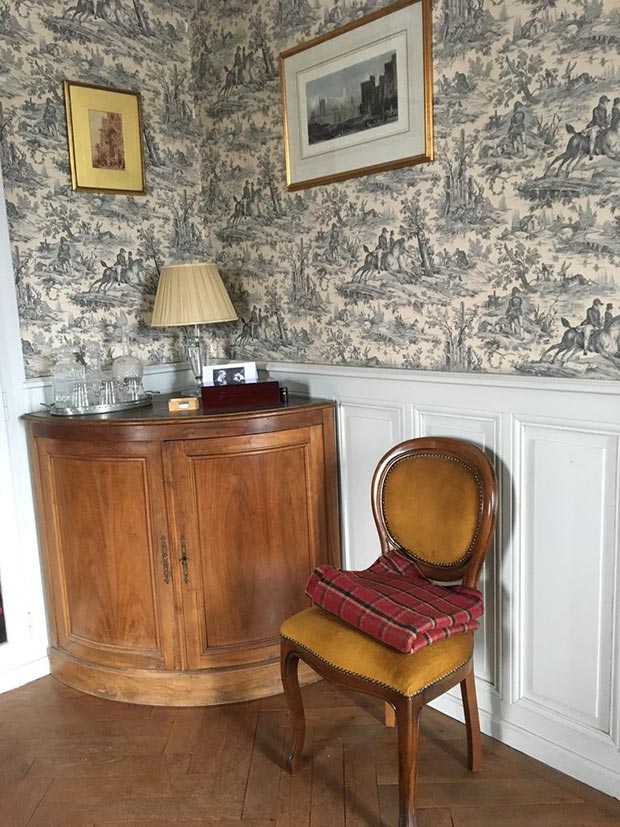 Hamed Rashtian, Dec 2, 2017_Installation '150' Days, 2017 / Courtesy of AB43 CONTEMPORARY and the artist
Hamed Rashtian, Dec 2, 2017_Installation '150' Days, 2017 / Courtesy of AB43 CONTEMPORARY and the artist
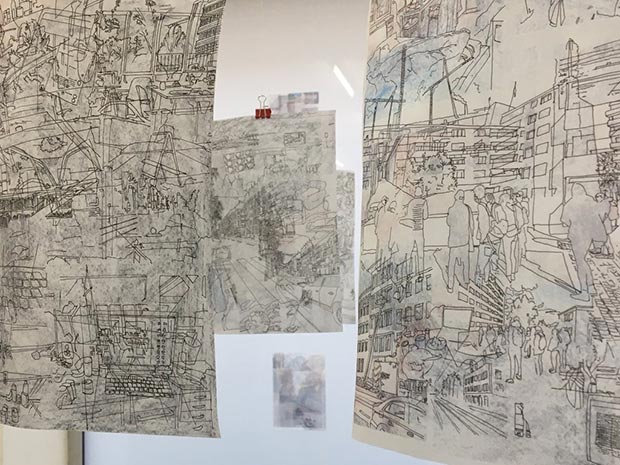 Hamed Rashtian, Dec 14, 2017_Installation '150' Days, 2017 / Courtesy of AB43 CONTEMPORARY and the artist
Hamed Rashtian, Dec 14, 2017_Installation '150' Days, 2017 / Courtesy of AB43 CONTEMPORARY and the artist
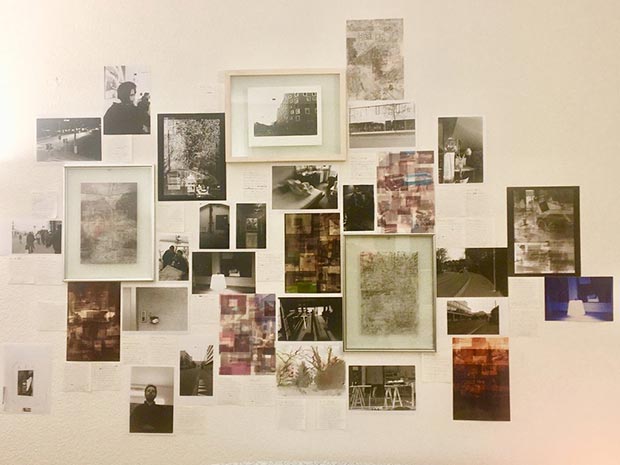 Hamed Rashtian, Installation '150' Days, 2017 / Courtesy of AB43 CONTEMPORARY and the artist
Hamed Rashtian, Installation '150' Days, 2017 / Courtesy of AB43 CONTEMPORARY and the artist
The second part of the exhibition – '150 Days' – symbolises the other side of the memory: its fullness, its density, yet, at the same time, its lightness and, above all, its incomprehensibility. The cloudy installation, which covers an entire wall, comprises a large number of the images captured on camera and the accompanying text notes written since the beginning of the project some five months ago. i.e. since '150 Days'. It combines a variety of media – principally original hand-prints executed by the artist himself – and presented forms inviting viewers to immerse themselves in what they see. First, they are carried away by the flood of imagery before them, only to find themselves the next moment captivated and seduced by a particular detail that has caught their eye.
In two of many possible approaches to the subject, this double-installation succeeds in conveying concisely and, at the same time, effortlessly the multifaceted – actually incomprehensible – phenomenon of memory.
Comments
Add a comment